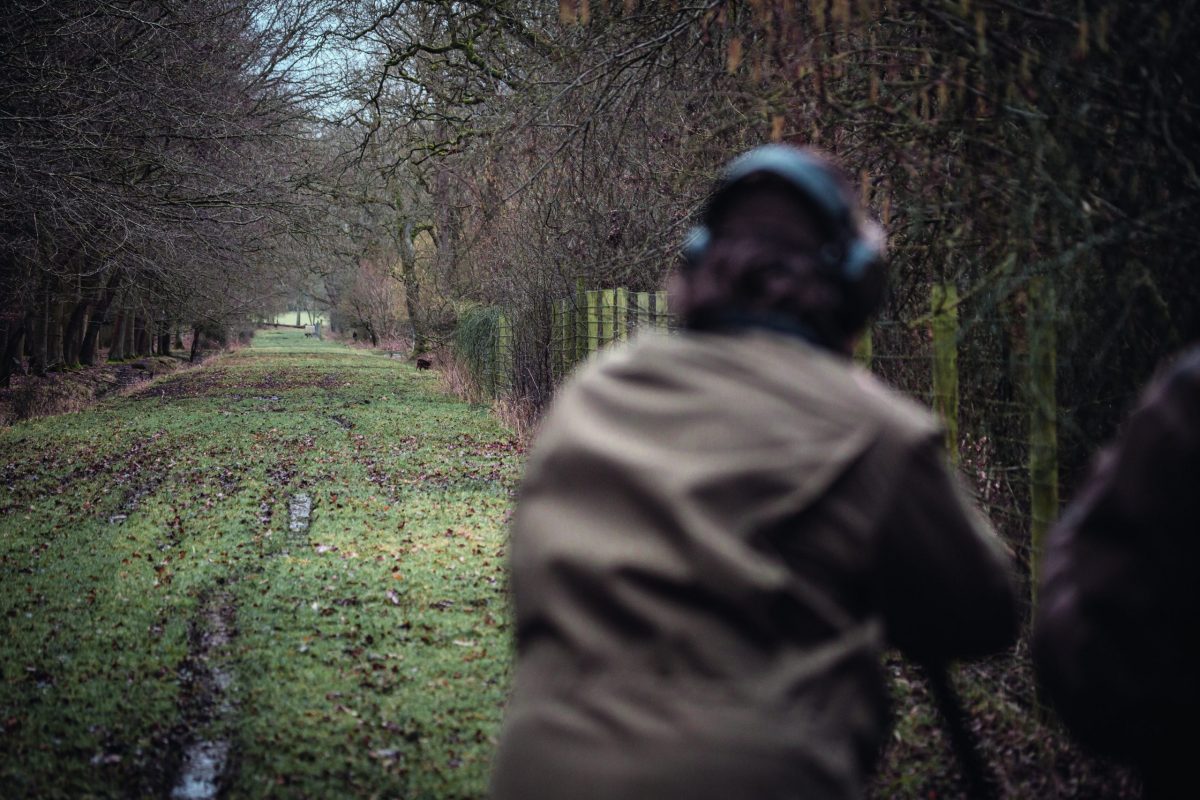How the British stalking community is changing
A long-standing client’s attempt at a ‘MacEuston’ provides a time to reflect on interesting changes within the British stalking community

Taking aim on a muntjac buck
The changing of the clocks brings much-needed longer days for those with ‘normal’ jobs, but spare a thought for full-time stalkers and managers, whose days and stalking times are about to stretch out, sometimes making the whole thing pretty exhausting through the summer months.
The end of the season is a time to reflect on what’s happened over the past 12 months, what’s been achieved, and individual deer that provided memorable stalks and were fine beasts taken at the right time (Wondering how to take care of your shooting clothing at the end of the season? Click here). Euston is the second estate on which I’ve managed deer, the first being Hambleden between Henley-on-Thames and Marlow. I feel lucky that a number of clients from those days in the Chilterns still stalk with me. I’m either doing something right or they have nowhere else to go.
(Read more on deer management here with Chris Dalton)
The term ‘deerstalking’ has changed to deer management over the years and we are all under pressure to reduce numbers for various reasons. As a result, the sporting element of stalking deer sometimes feels like it’s fallen by the wayside.
How British stalking has changed, and how it remains the same
However, over the past month, I’ve had a few wonderful reminders of the true nature of this pursuit. Recently, one of my clients from my Hambleden days, Mr Keith, was undertaking a sporting challenge we call a ‘MacEuston’, stalking a red, roe and a muntjac in a day. We always see these species on the estate during normal outings, but like most things in life, Sod’s Law comes into play when you want to bag all three.
Each species presents its own challenges in the different months of the winter. In March, the reds are herded up and they tend to move on to specific fields to feed at first light, making it difficult to get closer than 200m. A herd of deer has a lot of eyes and ears.
On the other hand, the roe and muntjac are fairly easy. The roe tend to sit out in the fields, making their location quite simple to find. And it’s probably one of the best months to cull muntjac, with low cover in the woods.
Mr Keith and I had good fun and his visit got me thinking about how the stalking client demographic has changed since I started in the industry. Some 20 years ago, stalking was starting to increase in popularity. The older generation of post-war stalkers were starting to slow up a little and middle-aged men tired of shooting pheasants were taking up rifles to help manage the increasing deer populations they were seeing while on driven days.
Some would take a carcass now and again, but it was still very much a sporting activity that was about ‘the hunt’. (Wondering how long to hang a deer carcass? We have advice for you).
These chaps then introduced their sons and daughters to stalking, but there is a shift in the sort of people coming out. Obviously, the bulk of today’s clients are men in the 40 to 50 age category, but stalking is still booming and new inquiries never seem to let up. There’s definitely a younger group of people getting into it and an increase in women, though they still make up a tiny percentage of stalkers.
The clients getting into stalking now, and over the past 10 years, are definitely more interested in the food aspect of the activity. It’s not so much about the hunt and shot, though these are obviously still part of the challenge, it’s more about sourcing wild, healthy and sustainable meat. (Click here for our archive of amazing venison recipes).
Whatever our personal views on how many deer should be shot and why, there are certainly plenty of deer out there and plenty of people wanting to cull them. Far from being sniffy about newcomers, we should really welcome then.








